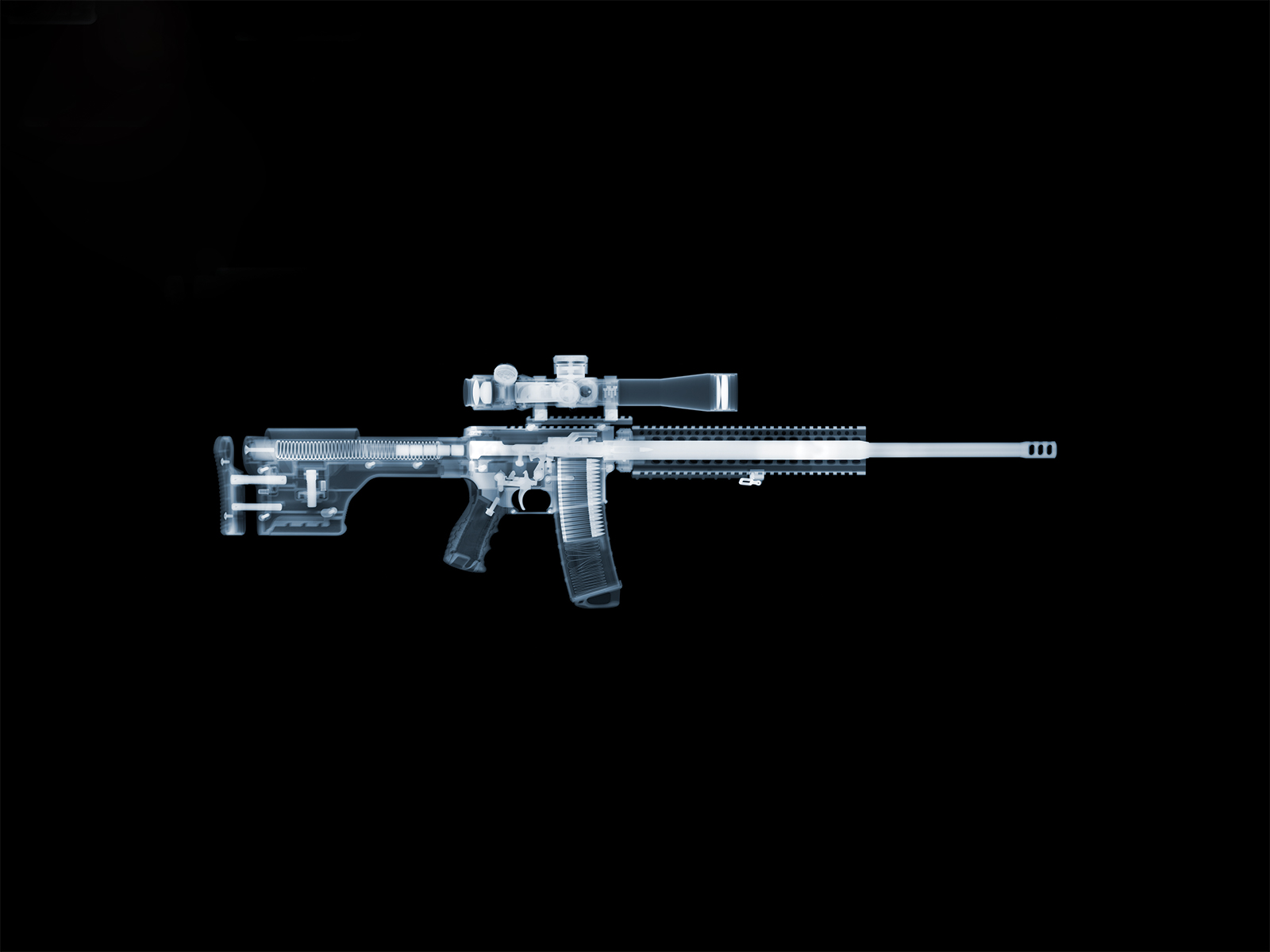The war over gun safety has been defined by battles won and lost by literalists and idealists.
In the past decade, Colorado has passed multiple gun control laws. Are they enough?
|A quick scan of the Bill Watch section of Rocky Mountain Gun Owners’ website on February 26 shows 20 bills relevant to its cause that the Loveland-based gun rights advocacy group expects to be introduced during Colorado’s 2019 legislative session. In bright red lettering, the word “Opposed” is stamped next to 15 of them, even though 11 of those potential bills have yet to be named or sponsored by a legislator. The language of the bills isn’t even certain. “Dudley Brown and Rocky Mountain Gun Owners,” says Eileen McCarron, president of Colorado Ceasefire Legislative Action, the lobbying arm of the statewide organization dedicated to reducing gun violence, “will oppose anything.”
That may be a fair characterization. Then again, McCarron isn’t exactly an unbiased observer. Her organization spends much of its time opposing legislation that Rocky Mountain Gun Owners supports. (Rocky Mountain Gun Owners declined to comment for this story.) Plus, McCarron says Colorado Ceasefire has a long list of gun safety measures it’d like to see made law in Colorado. That agenda includes requiring gun dealers to better secure their shops during nonbusiness hours to prevent theft; the creation of a database of concealed carry permit holders; the development of standards for the training courses required to obtain a concealed carry permit; and the prohibition of firearms sales to people convicted of violent misdemeanors—notions that even the most moderate National Rifle Association member might bristle at.
And so it goes—back and forth between the extremes—in the Centennial State, where 13 people were murdered and 24 were injured at Columbine High School in 1999; where 12 people died and 70 were injured when a gunman opened fire in an Aurora cinema in 2012; and where 2,955 people died by gunfire between 2014 and 2017 (the most recent statistics available from the Centers for Disease Control and Prevention, which include deaths by suicide).
Colorado was also the backdrop of a high-profile shooting on New Year’s Eve 2017, when Douglas County Sheriff Office deputy Zack Parrish was killed, and four other officers were injured, during an ambush-style attack by a man with known mental health issues in a residential area south of Denver. That incident, like the others before it, has propelled legislators into action and created what is maybe the best opportunity for proponents of gun control to pass a consequential law since the 2013 legislative session. The Extreme Risk Protection Orders bill, a red-flag-style measure that would allow temporary removal of access to firearms for someone in a mental health crisis, was re-introduced in the House (where it passed last year, only to die in committee in the Senate) in mid-February. On March 4, the House approved the bill. At press time, it was making its way through the Senate, now controlled by Democrats. (Editor’s note: The bill passed the Senate on March 28, after this issue had gone to press.)
If the bill were to pass, it would bolster what Second Amendment expert and gun rights supporter David Kopel believes is already a too-beefy roster of gun laws in Colorado. With universal background checks, a law against providing weapons to juveniles, a high-capacity magazine ban, and firearms restrictions for domestic violence offenders under protective order, Colorado scores a C on the Giffords Law Center to Prevent Gun Violence report card. Only 16 other states garnered grades that were the same or better. “Most of the commonsense gun laws have passed here,” says Kopel, who is the research director at the Independence Institute, a libertarian think tank in Denver. “Of course, some make less sense than others.”
Kopel, who supports red flag laws so long as they don’t infringe upon a gun owner’s right to due process, says he does, however, oppose what he sees as gun control advocates’ tendency to exploit mass shootings. “Much of what these activists do in the aftermath,” Kopel says, “has little to do with preventing mass casualty events.” After Columbine, for example, Kopel says the anti-gun lobby made it seem like closing the so-called gun show loophole “would result in Brigadoon.” House Majority Leader Alec Garnett, who sponsored the 2018 and 2019 red flag bills in response to Parrish’s death, doesn’t share Kopel’s view in full, but he does agree on one point: “If you’re going to implement gun legislation,” Garnett says, “it’s most important that it actually works.”
What qualifies as effective; whether gun legislation should unfold at the state or federal level, or both, or not at all; what weapons and ammunition should and should not be available to the masses; and what new limits to the Second Amendment could be suggested after the next tragedy are all a matter of vehement debate. What isn’t debatable? First, although firearm homicides in America are down markedly since their peak in the early ’90s, suicides by firearms are up, mass shootings have become more frequent, and our country still leads other developed nations by a sobering margin when it comes to gun-related homicides and suicides. Second, school violence is simply one aspect of the larger issue of gun violence in the United States. Finally, as our timeline makes evident, high-profile shootings, for the most part, don’t appear to be moving the needle in a meaningful way on political support for and passage of gun control measures. Why? “Mass casualties still happen with commonsense gun laws,” Kopel says. And, he adds, they will likely continue to happen unless the citizens of the world rid themselves of weapons en masse—an unlikelihood, especially in the United States of America.
This story is part of 5280 Magazine’s special issue dedicated to the 20th anniversary of Columbine. Read more about the project here.

NEXT: Evolving Arsenals
A look at the changing weaponry of school shooters.

